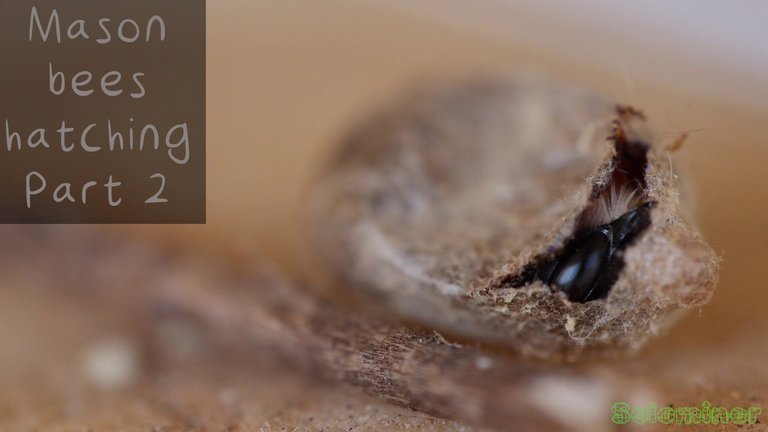
In this second part, a much longer length of video is seen of these bees emerging from their cocoons. Being a little over an hour we see how they chew through their spun cocoons to finally become free and live outside for the next few months. I made this video a month or two ago when they first started emerging. But by the time I am posting this is May they are all done for the year, I still have some videos to share of them though so more to come.
A link to Part 1 in the series:
https://peakd.com/hive-173511/@solominer/mason-bees-hatching-part-1
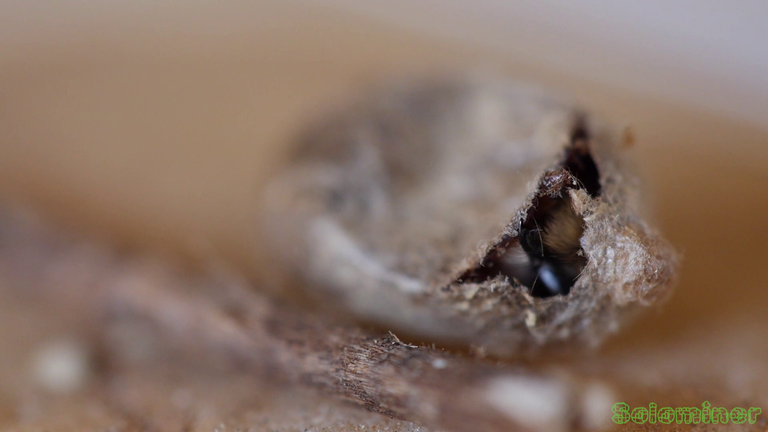
Seeing them poke through the cocoon for the first time is pretty special. Though now I have seen them emerge dozens of times, and when not looking hundreds have emerged this way. So glad to see they are all doing well.
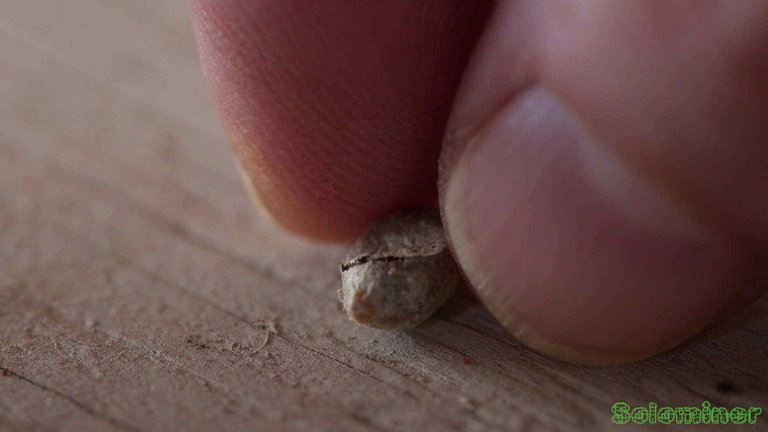
The size of these cocoons are about the size of a bean, picking one up you can tell by scale how tiny it is.
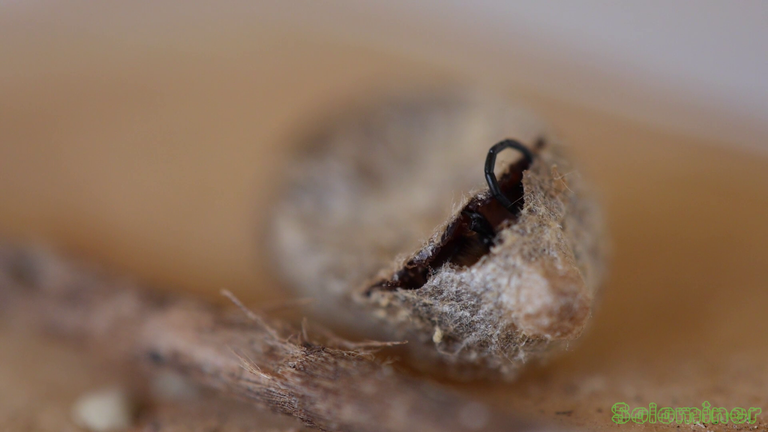
One of the antenna poking through, chewing its way through the cocoon. Sometimes they will push with their legs and maybe even using their antennae to help pry loose the cocoon walls.
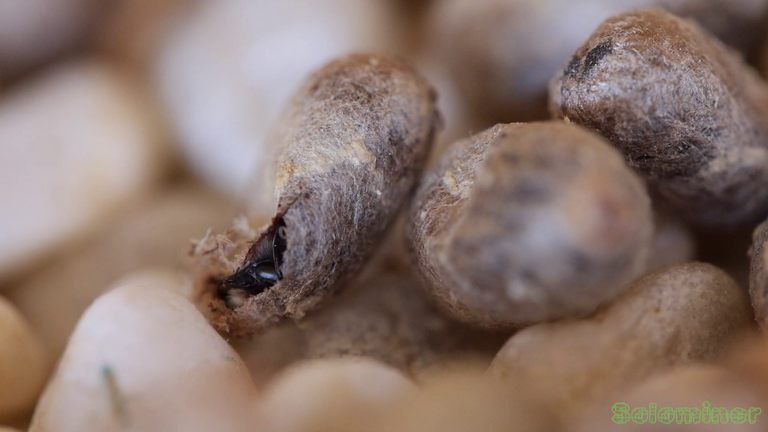
Moving onto another cocoon the mason bee inside is quite busy trying to work its way out. I can hear them before I see them, so by the time they are chewing their way out they have been working in getting out for awhile.
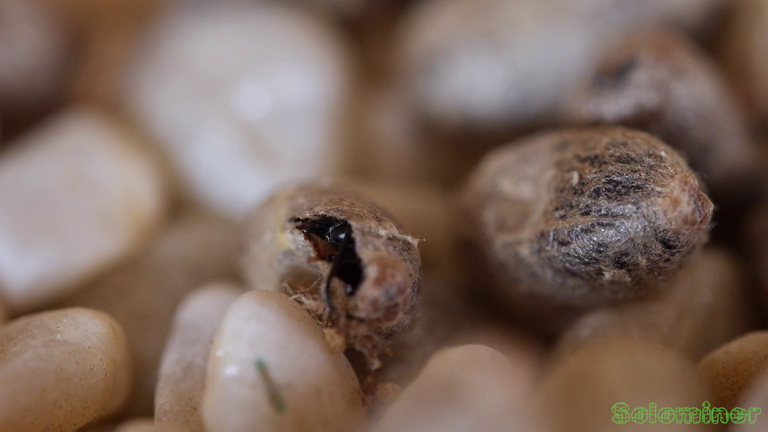
They eventually open enough through days of chewing and I can see them and they can probably see me too. No idea how good their vision is, may be just motion based for most part.

Its almost there, but as the sun went down I had to turn off the camera. Having lights outside will disrupt their cycle so sometimes I just have to come back the next day. In this day the bee emerged by then.
Until next year, the next set of cocoons will form and then I will harvest again and the whole cycle will repeat with new bees emerging next year. Around April of 2021 we shall see them again and hope they find all my flowers as they tend to every year.
That is absolutely fascinating! It was interesting to watch the video, I had no idea it took that long to extract himself from his egg. For the longest while, I could see that little pincher coming out and trying to (bite?) use it to get out.
At 12 minutes you moved him somewhere else. Was there a purpose, or was it for a better view? He really looked like he was getting tired towards the end. Wait!!! Wait!!! I didn't see him get out! :)
This was awesome @solominer!! Thanks so much for putting it together for us! I hope that all is well in your world!
Glad I set up my camera so close and captured them emerging. I moved it as sometimes they take breaks. Also helps to see how tiny these cocoons are.
Thanks alot for watching it and happy you enjoyed it.
Thank you! That was a lot of work putting that together!
I was really inspired when I read your article about natural insects, from their breeding process. Maybe I can take this knowledge from the bee insect's life. I also really like this engagement, how important it is to describe the breeding process in bee insects.
Ah thanks alot.. mason bees and other solitary bees are all around the world.. you can raise them too.
Thank you for sharing this amazing post on HIVE!
Your content got selected by our fellow curator @priyanarc & you just received a little thank you via an upvote from our non-profit curation initiative!
You will be featured in one of our recurring curation compilations and on our pinterest boards! Both are aiming to offer you a stage to widen your audience within and outside of the DIY scene of hive.
Join the official DIYHub community on HIVE and show us more of your amazing work and feel free to connect with us and other DIYers via our discord server: https://discord.gg/mY5uCfQ !
If you want to support our goal to motivate other DIY/art/music/homesteading/... creators just delegate to us and earn 100% of your curation rewards!
Stay creative & hive on!